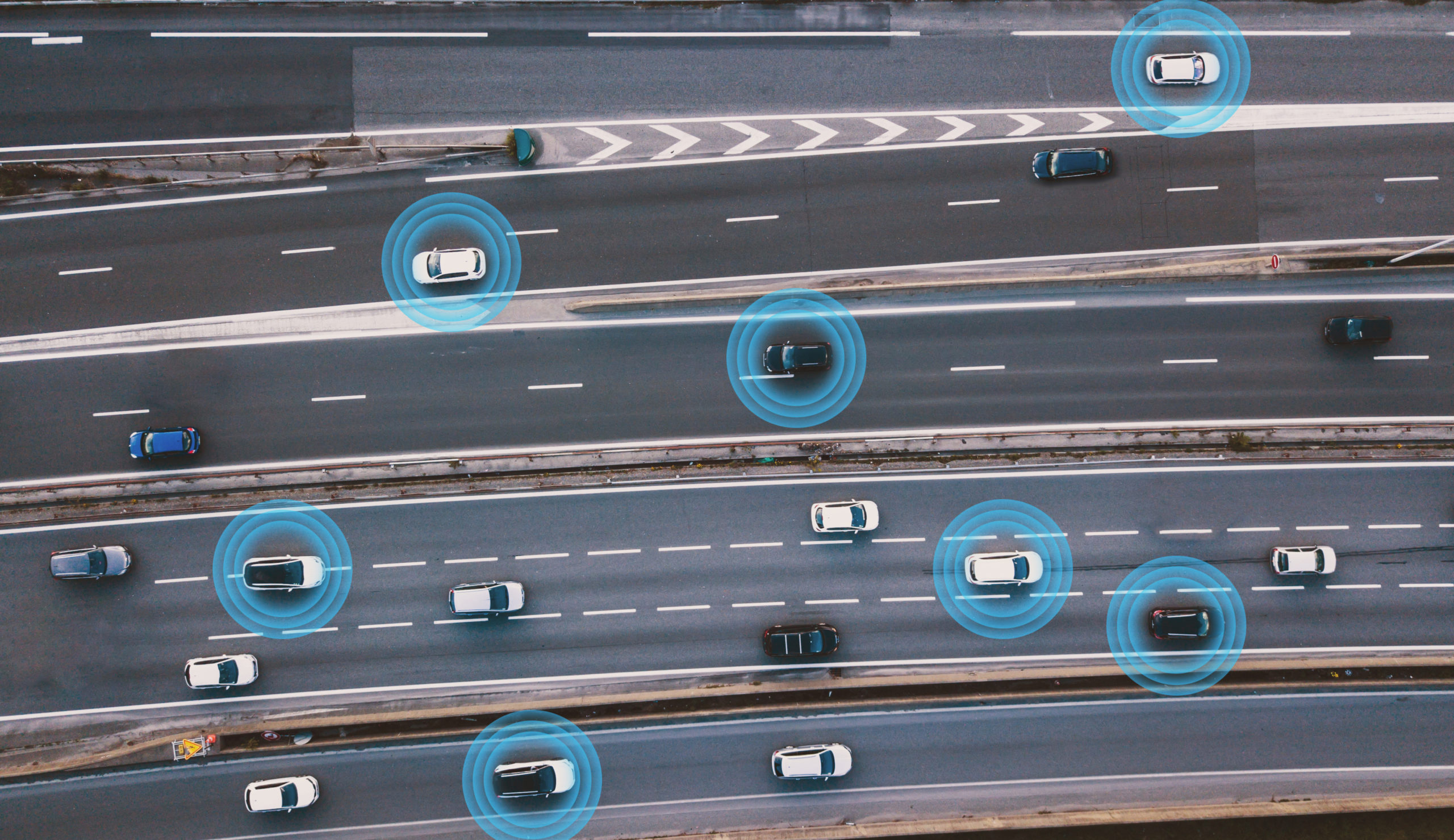New white paper tells of untapped potential in connected vehicle data
A New White Paper written by Richard Owen CEO at Agilysis, looks at the untapped potential in Connected Vehicle Data for improvements in road safety.
In the past, if you wanted to understand something about the nature of the road network, the vehicles, or people that use it, you would need to undertake some form of primary data collection. This normally required people and equipment measuring traffic behaviour, or surveying road features. The need for high-quality data collected by experts in their field will always be there but we are now finding practical alternatives from ‘big data’ sources.
The term connected vehicle can mean a variety of different things and is often used together with the word autonomous in the phrase “Connected and Autonomous Vehicles (CAV)”. This is not always helpful and it should be recognised that the act of connecting a vehicle to the internet in itself is something that has been happening for over 15 years already[i], and does not require the vehicle to have autonomous driving features. A connected vehicle can simply be described as one that has two-way communications with the internet to exchange information.

Available Data
To date there is a multitude of data being recorded by vehicles on the roads, whether it’s onboard satellite navigation systems or vehicle sensor data such as from Radar and Lidar. Each of these sources of data have multiple use cases which can be applied to transport planning and safety by getting a real world measure of how the network is being used, and potentially even having live data streaming in.
To name just a few use cases which can be applied with available sources, it could provide;
- Journey Time Statistics
- Spot Speed data
- Pre/Post implementation studies
- Traffic Modelling & Network use
- Junction Monitoring
- Enforcement Prioritisation
All of which could provide efficiencies in the ways in which we work, and provide a more effective spend on already strained budgets. This data is already being utalised by some of our online tools such as the speed compliance tool.
What next
We need to consider what happens in the near future. What will the years to 2025 bring in terms of access to connected vehicle data? It seems clear that traffic data, including speeds and vehicle movements, will become more open and available at affordable prices for those working to improve safety on the roads. There will surely be pressures on spending by local authorities and this often drives changes in activity. Reducing traffic survey spending by relying on connected vehicle data instead would allow potentially greater coverage, even if some detail is lost on vehicle classes. Having access to more real-time data on speeds following changes to road networks could accelerate evaluation and inform future decision making. The gap in data around active modes also needs addressing. A better understanding of pedestrian movements and where people cycle would be of enormous benefit if available network wide. Will this be available via connected vehicles or will we have to rely on other data suppliers for this?
You can read the full white paper via our website by clicking on the link below.
